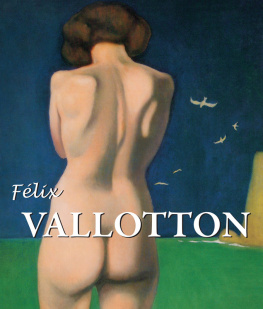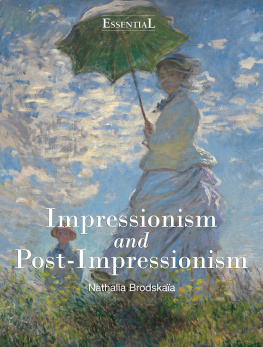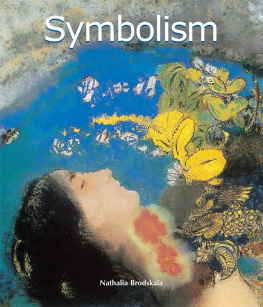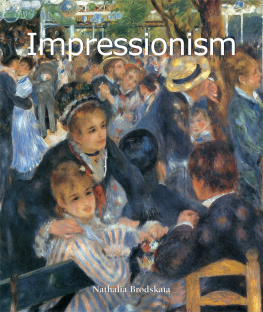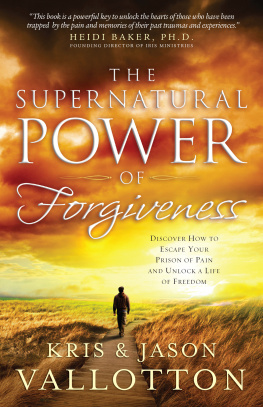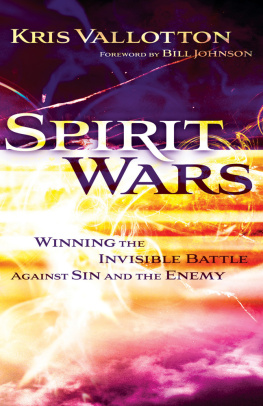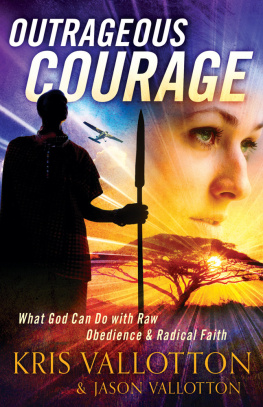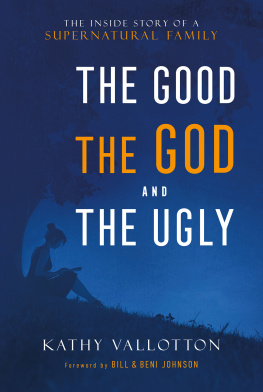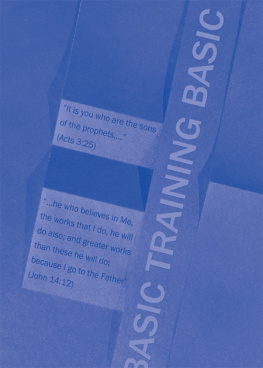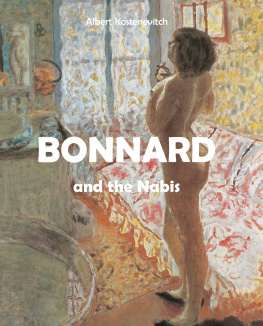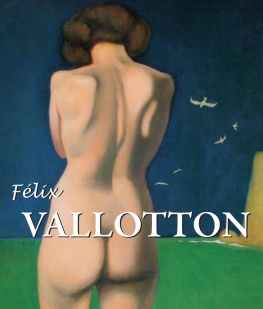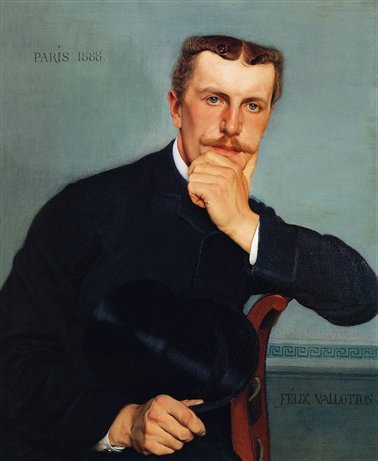Baseline Co. Ltd
All rights reserved.
No part of this publication may be reproduced or adapted without the permission of the copyright holder, throughout the world. Unless otherwise specified, copyright on the works reproduced lies with the respective photographers, artists, heirs or estates. Despite intensive research, it has not always been possible to establish copyright ownership. Where this is the case, we would appreciate notification.
Portrait of the Artists Brother with Hat, 1888.
Oil on canvas, 76 x cm .
Private collection, Galerie Vallotton, Lausanne.
Introduction
That very strange Vallotton that was how Thade Natanson, the publisher of La Revue blanche magazine, referred to the friend of his youth. In fact, Flix Vallotton did not bare his soul immediately, even to close friends. In the artistic milieu of Paris to which they both belonged, there were no ordinary people, but even among them, Vallotton stood out as being a most unusual individual. The reasons lay not so much in his character, which was indeed full of surprises, but in the phenomenon of his creative biography. Having fallen in love with painting, Vallotton suddenly abandoned it and became the greatest European engraver of the turn of the century.
Having devoted a total of only eight years to printmaking, he mastered that most forgotten of all the graphic arts xylography. Despite his culture and intellectualism, and his membership of the group of Symbolists, Vallottons works were easily understood, even by the man-in-the-street. In painting, he earned fame as a conservative and a Neo-Classicist, while contriving to keep up with both the latest trends and the most progressive understanding of colour.
Although he never had any intention of shocking the public, the artist nevertheless was given much attention in the press from the moment his creations made their first appearances at exhibitions in Paris. Vallottons uvre has not been overlooked by any of the most important critics and art historians. Claude Roger-Marx, Arsne Alexandre, Camille Mauclair, Flix Fnon, and Gustave Geffroy wrote about his early works. As early as 1898, Julius Meier-Graefe had published a monograph on Vallotton the engraver, whereas his monograph on Renoir did not appear until 1912. He did not escape the attention of the authors of La Revue blanche, or of the Swiss critics for that matter. Louis Vauxcelles and Guillaume Apollinaire wrote about the artist at the beginning of the 20 th century, even in far-away Russia (where there were already magnificent art collections of the Impressionists, Czanne, Gauguin, and Van Gogh by the beginning of the 20 th century), an individual treatise on Vallotton the engraver was published by N. Shchekatikhin as early as 1918.
Vallottons legacy has not been forgotten even now in the 21 st century. He has been recalled by Francis Jourdain, Pierre Courthion, and Andr Salmon, has been afforded an important place in 20 th -century fine art by Charles Chass, Gotthard Jedlicka, Florent Fels, and lie Faure. Vallottons works have been exhibited in many countries, and he has been the subject of various monographs, including a work by Hedy Hahnloser-Bhler, a Swiss collector of Vallottons paintings. A catalogue of engravings and lithographs was compiled by a nephew of the artist, Maxime Vallotton, and the art critic, Charles Goerg. Three volumes of documents on the biography and history of the work published by Gilbert Guisan and Doris Jakubec have made it possible to examine the life and uvre of that very strange Vallotton properly. The details of the artists hard life, contacts with friends, intimate relationships, the creative process, and his dealings with his patrons are assembled, fragment by fragment, in excerpts from his letters and diary and in painstaking commentaries. While acknowledging gratitude for that work, we offer yet another essay on the artist, in the hope that it will help the reader penetrate the world of his art in some measure.
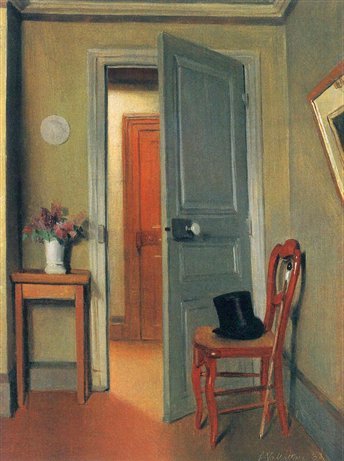
The Visit or The Top Hat, Interior, 1887 .
Oil on canvas, 33.5 x 24.5 cm .
Muse dart moderne Andr Malraux, Le Havre.
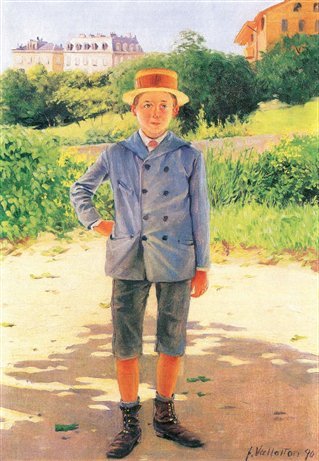
Portrait of Young Delisle, 1890 .
Oil on canvas, 46 x cm .
Private collection.
This is the story of Flix Vallotton, who was born in the pretty town of Lausanne, on the shores of Lake Geneva, and who became famous as an engraver and artist in Paris, lived sixty years to the day, and maintained his Swiss identity throughout.
As your train emerges from the tunnel, the blue lake, as lovely as the sea, unfolds to your view. From the swathe of mist between the water and the sky, the snow-covered mountains emerge. The nearby bank is patch-worked with the irregular rectangles of the vineyards, which soon give way to the houses of Lausanne running up the slope. It is difficult to imagine anywhere on earth that is prettier than Lake Geneva. In the 18 th century, this area was visited by the Russian historian and writer, Nikolay Karamzin, who dedicated these words to Lake Geneva:
Whether I shall see you again in my lifetime, I do not know; but if fire-breathing volcanoes do not turn your beauty into dust if the ground does not open up before you, dry up this sparkling lake and swallow its shores you will always be a source of wonder for the mortals!
In the mid-19 th century, the young Lev Tolstoy wrote on the banks of Lake Geneva:
Its beauty blinded me, and immediately struck me with the force of the unexpected. In that very instant I wanted to love, life became a joy to me, and I wanted to live forever and ever
Nevertheless, for anyone who was born there, the bewitching beauty of this area sometimes acquired a fateful tinge. The Lausanne writer Charles-Ferdinand Ramuz told of the deceptive nature of the mountains and the constant need for vigilance in man, who was so insignificant in their stern world. The titles of his novels speak for themselves: Great Fear in the Mountains and If the Sun Never Rose. The sensation of diffidence, as well as the insignificance of mans efforts in his struggle against the great and fearless elements, leads not only to melancholy, but also to depression and despair. Jean-Pierre Schlunegger, the delicate and sensitive poet from Vevey, committed suicide by hurling himself from the elegantly curved arch of a bridge among the cliffs surrounding the lake. There is something in the nature of this area that gives birth to characters that are strange and tragic, closed and resistant to any attempt at comprehension.

